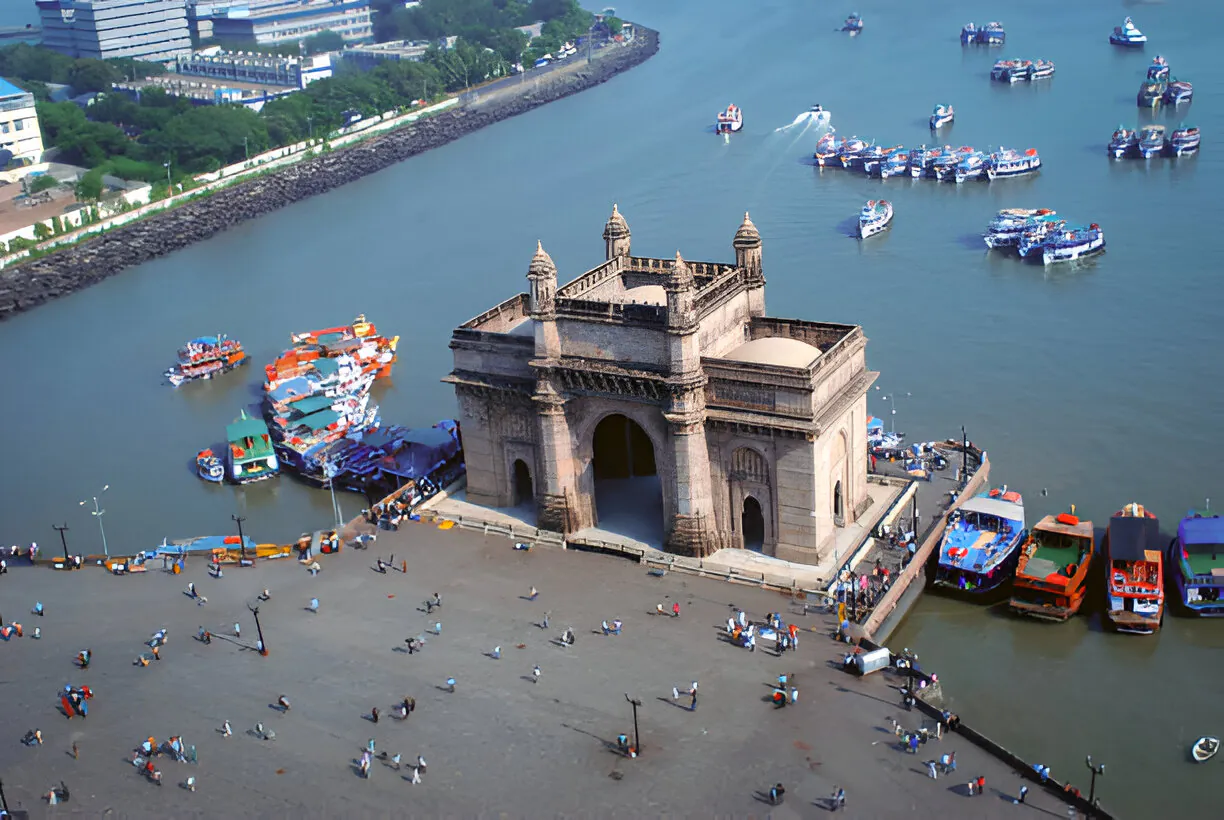Tamil Nadu
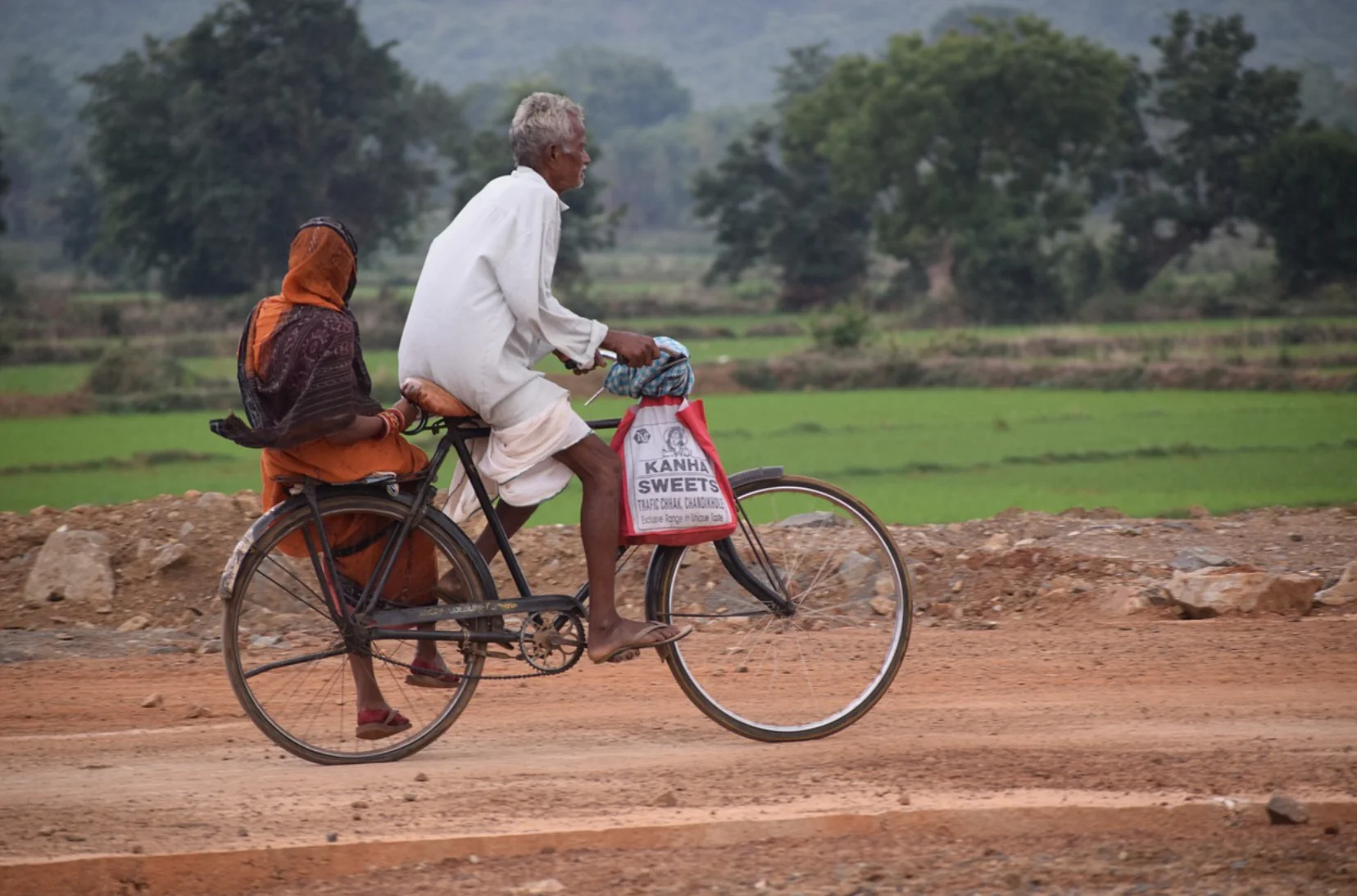
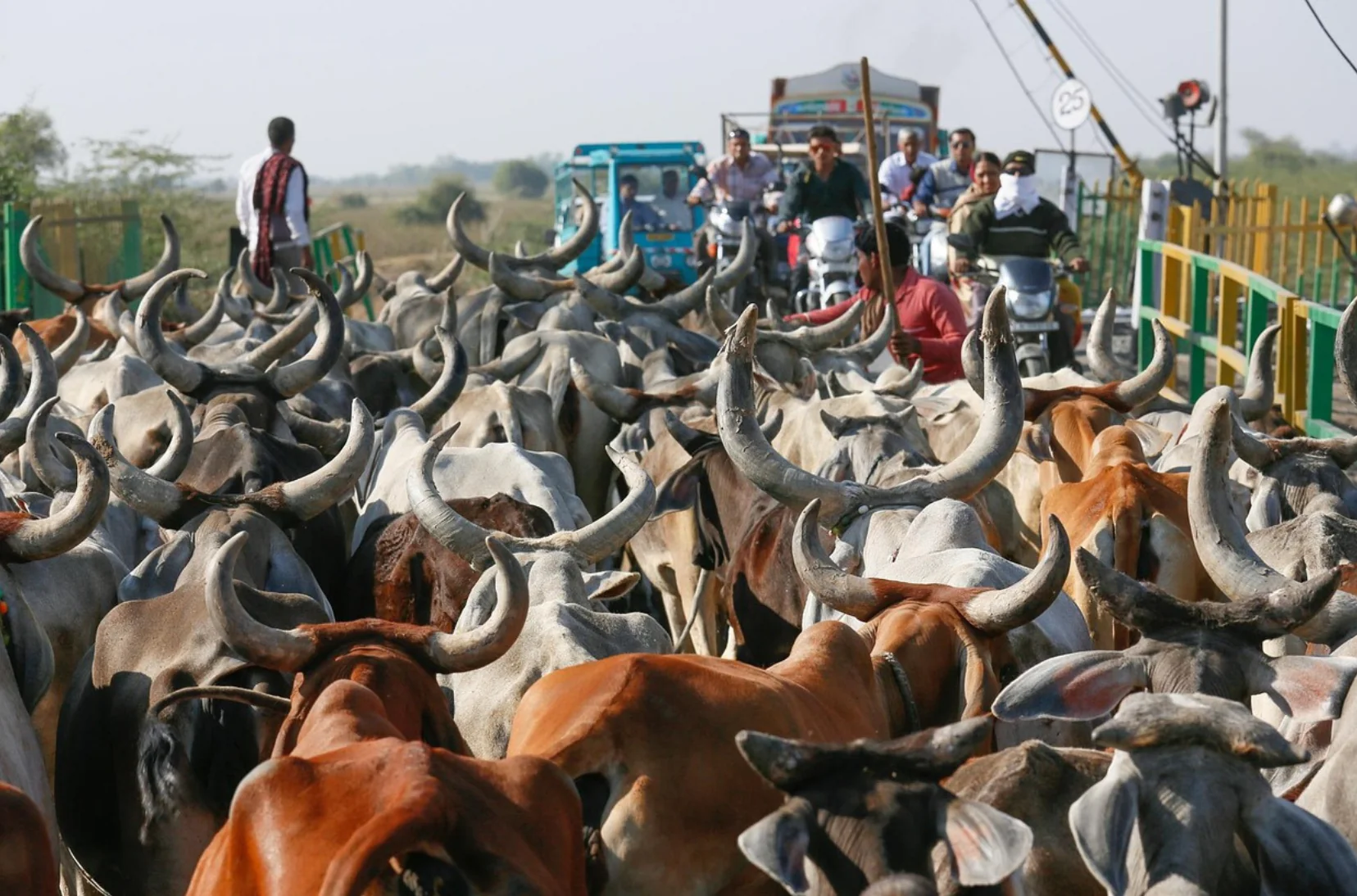
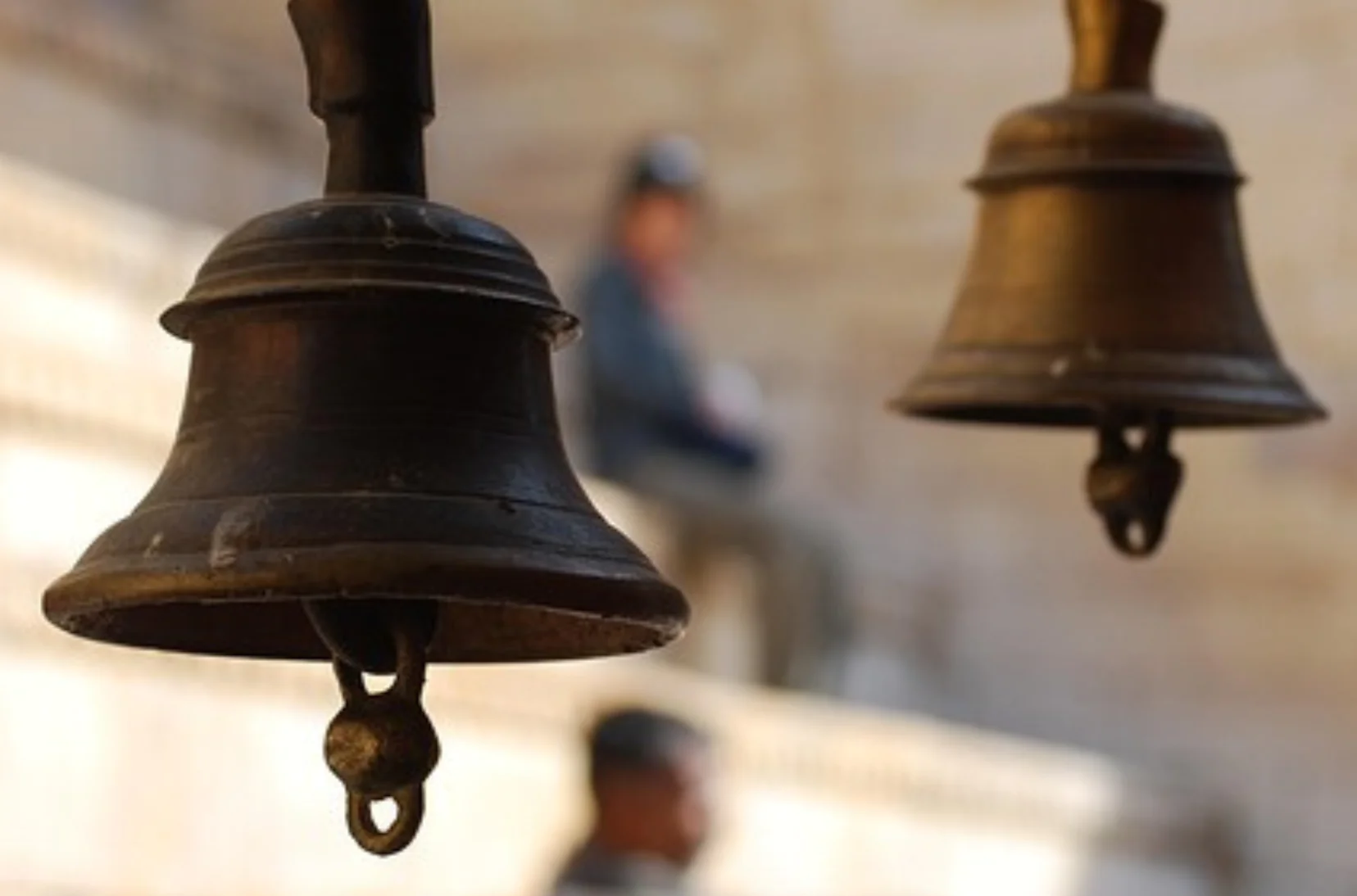
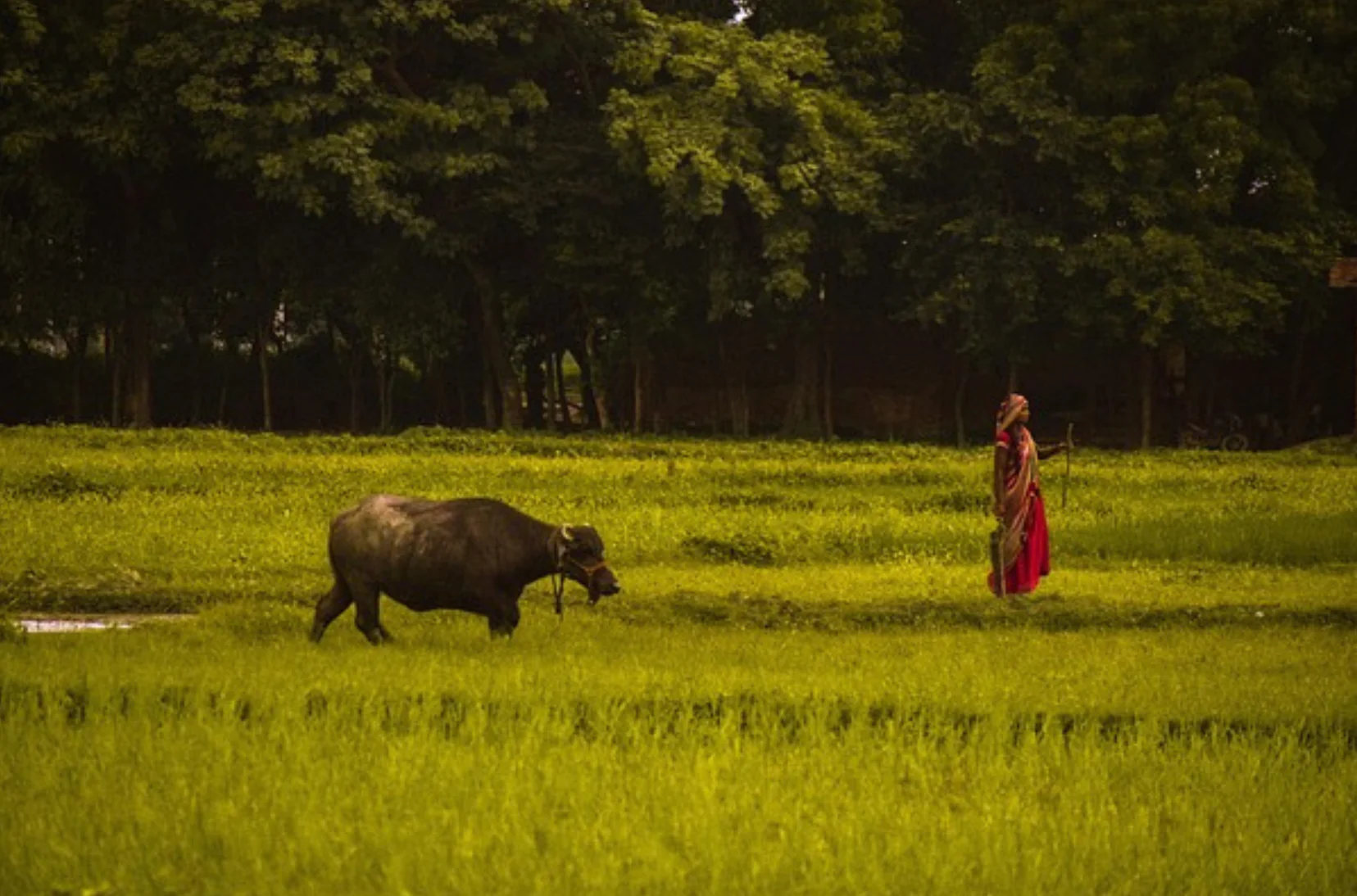
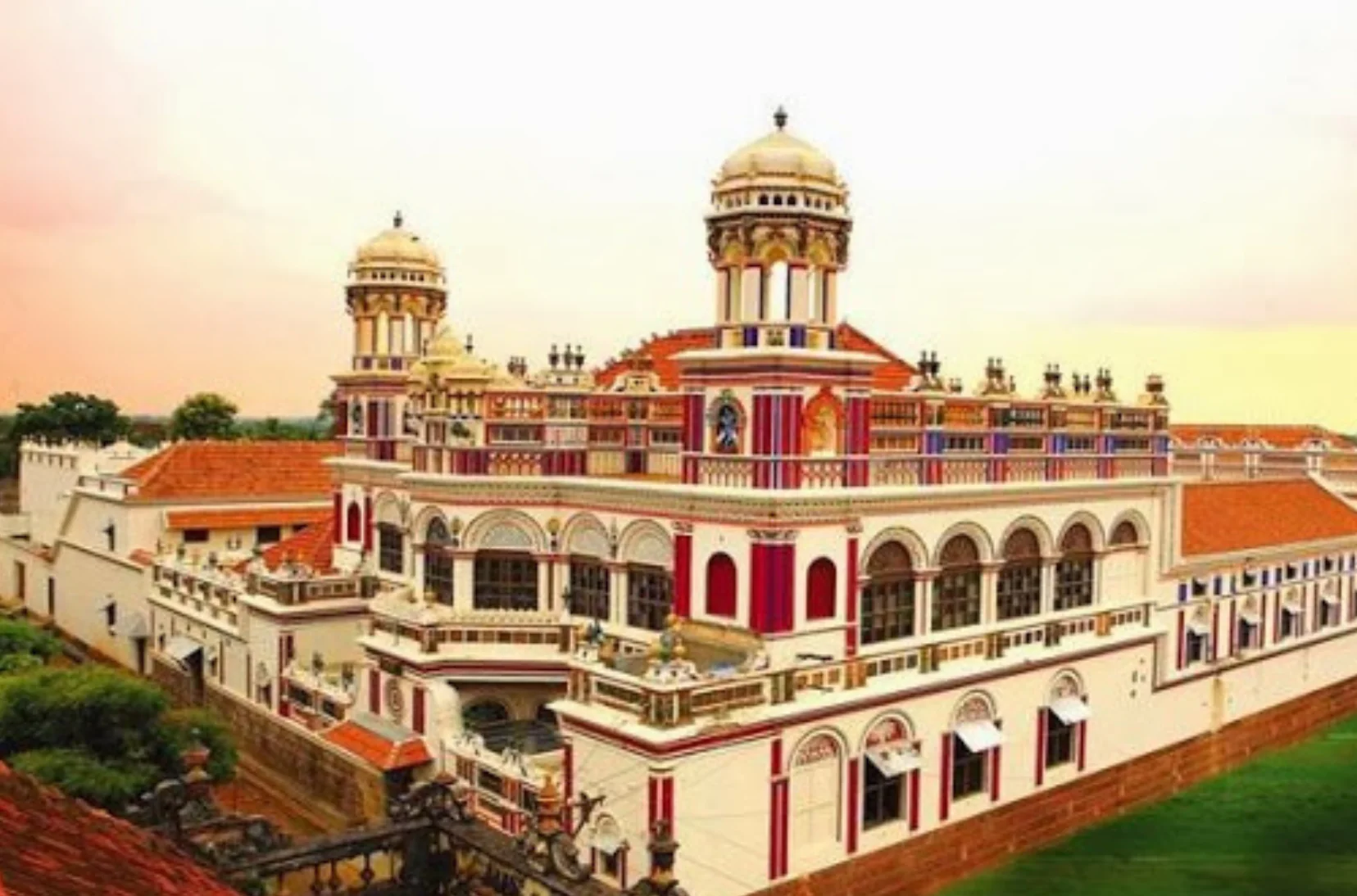
Tamil Nadu: A blend of heritage and natural beauty
Tamil Nadu is known for its rich history, stunning temples, and beautiful landscapes. Chennai, the capital, is a bustling city with beautiful beaches like Marina Beach and historical landmarks like the Saint Thomas Cathedral Basilica, the Fort Saint George, the Chennai Central Railway Station, etc.
Although Tamil Nadu is, by excellence, the land of temples and the preserver of old traditions and rituals found in the cities of Madurai, Tanjavur and the like with their iconic architectures, it also has some hidden treasures, such as the ancient french colonial town of Pondicherry with its unique town layout and serene atmosphere to boasting some delicious cuisine coming from the region of Chettinad, which doubles up with some magnificent architecture of old mansions telling stories of a period lost in time.
The state also offers serene hill stations like Ooty and Kodaikanal, perfect for nature lovers. For wildlife enthusiasts, Mudumalai National Park and Indira Gandhi Wildlife Sanctuary offer safaris and the chance to see elephants, tigers, and more in their natural habitat.
The best time to visit Tamil Nadu is between October and March, when the weather is pleasant. Whether exploring its temples, hill stations, wildlife, or ancient towns, Tamil Nadu offers a diverse and memorable experience for every traveler.
Enquire Now
- info@easywayindia.in
Our suggested itinerary below can be personalized to
suit
your needs and preferences
After reaching Chennai, meet our driver at the airport. Check in at your hotel. Overnight stay at Chennai.
Day visit of Chennai city. Start by Kapaleeshwarar Temple, dedicated to Lord Shiva. Take a tour through Chennai and discover the fascinating history and British architectural marvels of Madras, from Central Railway Station, to Madras High Court, quaint libraries, St. Mary’s Church and St. Thomas Cathedral, the Ripon building, the Egmore Government Museum, Napier Bridge and the Senate House. Before leaving, you can walk on Marina Beach and admire the statue depicting the triumph of labour and the statue of Mahatma Gandhi. You can also see the memorials of Annadurai, MGR, and Jayalalitha. Travel to Mahabalipuram, and if we have time, on the way, we will make a stop at Dakshin Chitra Craft Foundation and Cholalmandal Artists Village. Upon arrival, check in at your hotel and enjoy an overnight stay in Mahabalipuram.
Proceed for a day visit to Kanchipuram, known as the “Golden City of Thousand Temples”. Visit Kailasanathar Temple, the home to 58 shrines that are dedicated to Lord Shiva. This temple was established in 685-705 AD, and the construction of this marvellous temple was ordered by Rajasimha. Then continue, your visit to Ekamareswarar Temple. It is a ravishing structure built by the Pallava Kings and Cholla Kings; it is a well known spot among the devotees of Lord Shiva. Kanchipuram is also known for its silk saree production with unique hand-woven designs. So witness the traditional practices in Kanchipuram with the silk weavers and the traditional loom, which is an incredible machine used by the silk weavers to magically convert the silk threads into a beautiful Kanchipuram silk saree. Overnight stay in Mahabalipuram.
Do a sightseeing of Mahabalipuram. It was the second capital and seaport of the Pallava Kings, who ruled in the 5th century. Visit the Shore Temple – overlooking the shore of the Bay of Bengal. The temple is exclusively crafted from blocks of granite. Then visit Pancha Rathas – all carved from a single huge rock and the Five Rathas. Afterward, visit Arjuna’s Penance – one of the astounding attractions that showcase historic sculpture carved into boulders. The excursion ends at the Tiger Cave – a rock-cut Hindu temple deriving its name from tiger heads at the mouth of a cave. Visit the stone carvers and shop at some of the local stores for typical stone sculptures; the traditions of stone sculpting continue unbroken even today. Later in the evening, leave for Pondicherry. Enjoy an overnight stay in Pondicherry.
Pondicherry is a former French colony known for its French architecture and French and Creole cuisine with its perpendicular and parallel streets, as well as for the Sri Aurobindo Ashram and Auroville. Spend your first day strolling through the French Quarter echoing the town’s colonial past: On the Goubert Avenue, you can see the French War Memorial, which was constructed in 1971 and has been built as a mark of respect for the soldiers who laid their lives for their nation in World War I. You can also see that the Father of Nation, Mohandas Karamchand Gandhi, has been given a place of remembrance in Pondicherry. Among other things, Pondicherry’s French Quarter is full of beautiful, French-styled colonial buildings: the French Consulate located on Marine Street, the French Institutes, the Governor Palace, the Aayi Mandapam in Barathi Street, the Foyer du Soldat, the Lycée français de Pondichery (French school), the Alliance Française, the l’École Française D’extrême-Orient, the Raj Nivas (Governor House), the Pondicherry Legislative Assembly, the Mairie… Visit all the colonial villas with their famous doors, windows, and balconies (La Villa, Palais de Mahé, Hotel de l’Orient, Le Dupleix,etc.). Have a look at the Cluny Embroidery in Romain Rolland Street and buy some embroidery home linen. End your day with a leisurely walk along the Promenade Beach at sunset and taking your dinner in one of the restaurants located in a colonial villa. Stay overnight in Pondicherry.
Explore the Sri Aurobindo Ashram, a spiritual community established by Sri Aurobindo. Visit the Pondicherry Museum. Then start your exploration of Pondicherry’s Tamil quarter on foot, by bicycle, or by rickshaw. Over the years, the French straightened the streets and relocated the Tamils to the west of the Grand Canal. This Tamil quarter is broadly divided into Hindu, Christian, and Muslim areas. You can see several old traditional Tamil houses, Hindu temples, and potter’s and goldsmiths’ streets. Then continue to the local market Grand Bazaar, (Goubert Market), that sells fish, fruits, and vegetables, spices, and flowers. Then visit the Immaculate Conception Cathedral on Mission Street and visit the Sacred Heart Basilica. Finally, explore the Qutbah mosque and residential streets of the Muslim section. Stay overnight in Pondicherry.
Visit the experimental township of Auroville, which was founded 50 years ago with an ecology and an utopian vision that promised to reinstate faith in humanity. Auroville is a universal town located in Tamil Nadu where people from different nationalities live in harmony. Explore the Matrimandir, a symbol of universal motherhood, and its gardens. In the afternoon, Pondicherry’s pristine beaches are perfect for relaxation and adventure. From Serenity Beach to Paradise Beach or Eden Beach, spend the day at one of the beaches for relaxing, surfing, doing scuba diving, or enjoying watersports.
Leave for Kumbakonam via Chidambaram.
Visit the Chidambaram Nataraja temple or the Thillai Nataraja temple; this temple is more than a thousand years old and is dedicated to Lord Shiva. You would find Nataraja, the dancing posture of Lord Shiva in this temple. Then you will visit the Pichavaram mangrove forest. To discover nature in its most beautiful shape, here we take a boat ride through a maze of canals and gorgeous backwaters where you can discover a variety of birds.
Gangaikondacholapuram
A fine example of Dravidian architecture, Gangaikondacholapuram has been established by Rajendra Chola, son of the Rajaraja, between 1020 and 1029 A.D. Gangaikondacholapuram served as the Chola capital for about 250 years, until the decline of the Cholas and the rise of the Pandyas. Today, the temple features on UNESCO’s list of World Heritage Sites.
Kumbokonam/Swamimalai
The magnificent Airavatesvara temple, situated in Darasuram near Kumbakonam, is a UNESCO World Heritage site. Built in the 12th century CE by Rajaraja Chola II. Overnight in Kumbakonam.
Tranquebar, also called as Tharangambadi, meaning ‘Land of the Singing Waves,’ is located on the Coromandel Coast. In November 1620, Danish Captain Ove Gjedde signed a treaty with Thanjavur king Vijaya Raghunath Nayak and laid the foundation of Danish East India Company in the town. The treaty allowed the Danish to build a fort and commence the export of pepper to Denmark. The Danes named the fort at Tranquebar as Fort Dansborg. The Danish ruled over Tranquebar till 1845 before selling it to the British. Spend your day experiencing a heavenly beach, the old Fort Dansborg, and the magnificent specimens of Danish architecture. Continue the visit with the New Jerusalem Church, built in 1718; the religious structure is influenced by both Indian and European styles. The church is also the location where a famous member of the Lutheran clergy, Bartholomäus Ziegenbalg’s tomb, rests. You can also visit the Masilamani Nathar ,the 13th-century shore temple dedicated to Lord Shiva. Overnight in Tranquebar.
Visit the Thanjavur Royal Palace (Maratha Palace) Complex, known locally as the Aranmanai; it is the official residence of the Bhonsle family, who ruled over the Tanjore region from 1674 to 1855. Visit the Palace, the Art Gallery, the Saraswati Mahal & Library, along with the Mahratta Darbar Hall, the bell tower, and the Saarjah Madi. Thanjavur is known and famous for his antiques and handicrafts such as the Tanjore dolls or the Thalayatti Bommai, the world-famous craft of making art plates, the Tanjore paintings, Carnatic music, and the crafting of musical instruments. Afternoon, begin your visit to Sri Brihadeeswara Temple, also known as the Big Temple, a UNESCO World Heritage Site. A testament to the Dravidian architecture built during the reign of the Great Chola emperor, Raja Raja Chola, dedicated to Lord Shiva. The statue of Nandi the Bull will welcome you at the entrance. Stay overnight in Thanjavur.
The Chettinad region is a cluster of some 70/80 villages. These lie in the Pudukottai and Shivaganga districts of Tamil Nadu. And Karaikudi is one of the main towns of this area. The Chettinad area gets its name from its original inhabitants, the Chettiars (“Nattukottai Chettiars”). Years back, the Nattukottai Chettiars were a rich merchant community (banking and business community). Have a glimpse into the Chettinad houses (mansions). At the entrance is a pillared veranda, or thinnai, meant for receiving visitors. Heavy ornate wooden doors lead to the main hall, which is decorated with elephant tusks, antique furniture and portraits of family members. Italian marble, Burma teak, stained glass, and a fusion of colour and ornate wrought iron make the handmade tiles and woodwork.
Visit the Ayyanar Temples. Marked by painted terracotta horses that are supposed to guard the temple and the region around it. Visit the Pilayarpatti temple. Over 1,000 years old, this Pilayar (Ganesh) temple draws devotees from all over Tamil Nadu to the village of Thiruppathur. Its distinguishing feature is that it is a rock-cut shrine with a Pilayar (Ganesh) idol sculpted out of rock. This idol is believed to be the oldest existing one of Pilayar.
Visit to the Athangudi Palace. This palace has all the elements of a typical Chettiar Mansion: the European tiles and glasses, the Chettinad tiles, the outer porch,the large expansive Varandar, the inner courtyard around which the rooms are set with motifs of peacocks, and beautifully carved massive wooden doors!! Visit the Athangudi Tiles Factory. Exploring the unique Chettinad tiles and their manufacturing at the Athangudi handcrafted tile factory. Admire the Kanadukathan Maharaja’s Palace from the outside. Located in Kanadukathan village, outside Karaikudi city, it is a classic example of the traditional Chettinad architecture. Along the way, we will stop for a sampling of the Chettinad cuisine.
Visit the Thirumayam Fort. It is a 40-acre-wide fortress. It was constructed by Vijaya Raghunatha Sethupathi, the Raja ( king ) of Ramnad.
Explore the spiritual and historical attractions of Rameswaram. Visit the Ramanathaswamy Temple, one of the twelve Jyotirlinga shrines, and take a holy dip in the Agni Theertham. Explore other significant sites like Dhanushkodi and the Pamban Bridge.
Travel onwards for Kanyakumari; check in at your hotel. In the evening, explore Kanyakumari Beach and enjoy the breathtaking views of the confluence of the Arabian Sea, Bay of Bengal, and Indian Ocean during the sunset.
Dedicate the day to exploring the iconic landmarks of Kanyakumari. Visit the Vivekananda Rock Memorial, the Gandhi Memorial, and the Thiruvalluvar statue, an Indian poet and philosopher. He is best known as the author of the Tirukkuṟaḷ, a collection of texts on ethics, political and economic matters, and love. The texts are considered exceptional and widely cherished works of Tamil literature. Visit of Kumariamman Temple dedicated to Devi Kanya Kumari and the Chruch Notre Dame de Alankara Upakara Matha. Spend time at the Kanyakumari Beach, and if possible, witness both the sunrise and sunset over the ocean for a magical experience.
Start your tour of Madurai, covering Sri Meenakshi Temple. The Dravidian architectural style of the temple is mentioned in the Tamil Sangam literature as well as in other 6th-century CE texts. The Meenakshi Amman Temple is dedicated to the union of Meenakshi Aman, a form of Parvati, and the god Shiva, who came to Madurai in the form of Sundareswarar to marry Meenakshi. You can admire the 14 gopurams (gateway towers) and numerous sculpted pillared halls such as Ayirakkal (a thousand pillared hall) and the Pottamarai Kulam (Golden Lotus Pond). The last attraction is Gandhi Palace, built in 1959; the museum is now one of the five Gandhi Sanghralayas (Gandhi memorial institutions) in India.
Referred to as the “Princess of Hills,” Kodaikanal is one of the hill station destinations in Tamil Nadu. Located at about 7000 feet above sea level, Kodaikanal was established as a holiday destination by the British bureaucrats and the Christian missionaries in the year 1845. The verdant hills, the cascading waterfalls, and the picturesque lakes are a treat for nature lovers and a great sight to behold; the hill station also offers the opportunity to do a wide range of outdoor activities such as boating, cycling, horseback riding, and trekking. Walk along the famous Kodaikanal Lake and the Pine Forest, and continue on the Coaker’s Walk, which is a refreshing long walkway on the slopes of Palani Hills, and witness on the way the Bear Shola and Silver Cascade waterfalls. Visit the Dolphin’s Nose Viewpoint as well as the Pillar Rock and the Guna Caves named after the famous Kamal Hassan’s (a famous Indian movie star) Tamil movie Guna. Last but not least, enter Bryant Park, a botanical park laid out by Mr. Glenn Bryant, a British officer, in 1908 that is host to beautiful species of flowers and plants, including the Kurinji flower that blooms only once every 12 years, making itself a unique spectacle to watch. Overnight stay in kodaikanal.
Ooty, officially known as Udhagamandalam in the Nilgiri Hills, is located at an altitude of about 2,240 meters (7,350 feet) above sea level. During the British colonial era, Ooty was developed as a summer retreat and was known as the “Queen of Hill Stations.” The British built various structures, such as the famous Ooty Lake and the Botanical Gardens, which have contributed to its regal reputation. Ooty is renowned for its stunning landscapes, including lush green hills, expensive tea gardens, and charming lakes. The natural beauty of the area is often compared to royalty. Visit Dodabetta Peak, the Tea Museum, the Botanical Garden, the Rose Garden, Ooty St. Stephen’s Church, and Ooty Lake. Overnight stay at your hotel.
Visit Wellington Hill Station and go for a sightseeing in Coonoor, covering Lamps Rock, Wellington Boy’s Club-Outer View, Dolphin Nose, Sims Park, and tea plantations. One of the most delightful ways to explore the lush hills and valleys of Ooty is aboard the famous Ooty Toy Train, officially known as the Nilgiri Mountain Railway (NMR). Recognised as a UNESCO World Heritage Site, it was built by the British in 1908 and operates on a narrow-gauge track, covering a distance of 46 kilometres between Mettupalayam and Ooty.
Mudumalai National Park came into existence in 1940, during the British era. Before that, the forest lands of the region were principally used as hunting grounds of the royals. Mudumalai became a tiger reserve in 2007.Mudumalai is an ideal home to several endangered and vulnerable species, nestling elephants, Bengal tigers, gaurs, and leopards. Enjoy a jeep safari at Mudumalai National Wildlife Sanctuary, Mudumalai Tiger Reserve. Overnight stay at Mudumalai.
In the bustling city of Coimbatore, popularly known as the Manchester of the South, life moves at a fast pace due to its massive industries and IT hub. However, nestled in the Velliangiri hills’ verdant forests lies a serene oasis, the Isha Yoga Center. Founded by Sadhguru Jagi Vasudev in 1992, this centre sprawls across nearly 150 acres and offers sanctuary to those seeking tranquillity for their mind and body. You can have a look at a statue dubbed “Adi Yogi,” symbolising Lord Shiva, located at the entrance of the Isha Yoga Center. It is recognised by the Guinness World Records as the largest bust sculpture in the world.
Travel to Trichy. Visit Sri Ranganathaswamy Temple, which is situated in Srirangam town of Trichy. The temple is devoted to Lord Ranganatha, a reclining form of Lord Vishnu. The temple complex, along with the surrounding area, covers a total area of 156 acres. Enjoy the view from the Rock Fort Temple; there are about 400 steps to the top. There are five temples built on top of the rock. Some of the highlights of these temples include a 100-pillared hall where Carnatic music concerts were held in the 19th and 20th centuries, a British-era Indo-Saracenic bell tower topped with a colourful Dravidian vimana, and artistic paintings and sculptures depicting Hindu mythology. Stay overnight in Trichy.
Tiruvannamalai is known for the Arunachala Hill, a sacred hill located near the temple. The hill is considered to be an embodiment of Lord Shiva and is revered by devotees. At the foot of sacred Arunachala Hill is the vast, ancient Arulmigu Arunachaleswarar Temple, dedicated to the Hindu god Shiva, with intricately carved gopurams (towers). It is believed to be one of the Pancha Bhoota Stalas, representing the element of fire. In addition, you can visit Sri Ramana Ashram, also known as Sri Ramanasramam. We will also drive through through the Sathanur Dam constructed in 1958 on the Thenpennai River. Stay overnight in Tiruvannamalai.
The Gingee Fort, or Senji Fort, is one of the surviving forts in Tamil Nadu, India. It is popularly known as the Great Wall of South India. Gingee Fort is so fortified that Chhatrapati Shivaji Maharaj, the Maratha king, ranked it as the “most impregnable fortress in India,” and it was called the “Troy of the East” by the British. The fort complex has an interesting structure, wherein it is built right in the middle of three hills—Krishnagiri (Queen Fort) to the north, Rajagiri (King Fort) to the west, and Chandrayandurg to the southeast. The three hills together constitute a fort complex, each having a separate and self-contained citadel. The fort walls are 13 km (8.1 mi), and the three hills are connected by walls enclosing an area of 11 square kilometres (4.2 sq mi). It was built at a height of 800 feet (240 m) and protected by an 80-foot (24 m) wide moat. The complex has a seven-storeyed Kalyana Mahal (marriage hall), which has a pyramidical shikhara or summit on top, granaries, prison cells, and a temple dedicated to its presiding goddess called Chenjiamman. The fortifications also contain a sacred pond known as the Aanaikulam.
Enquire Now
- info@easywayindia.in
You might also like

Karnataka
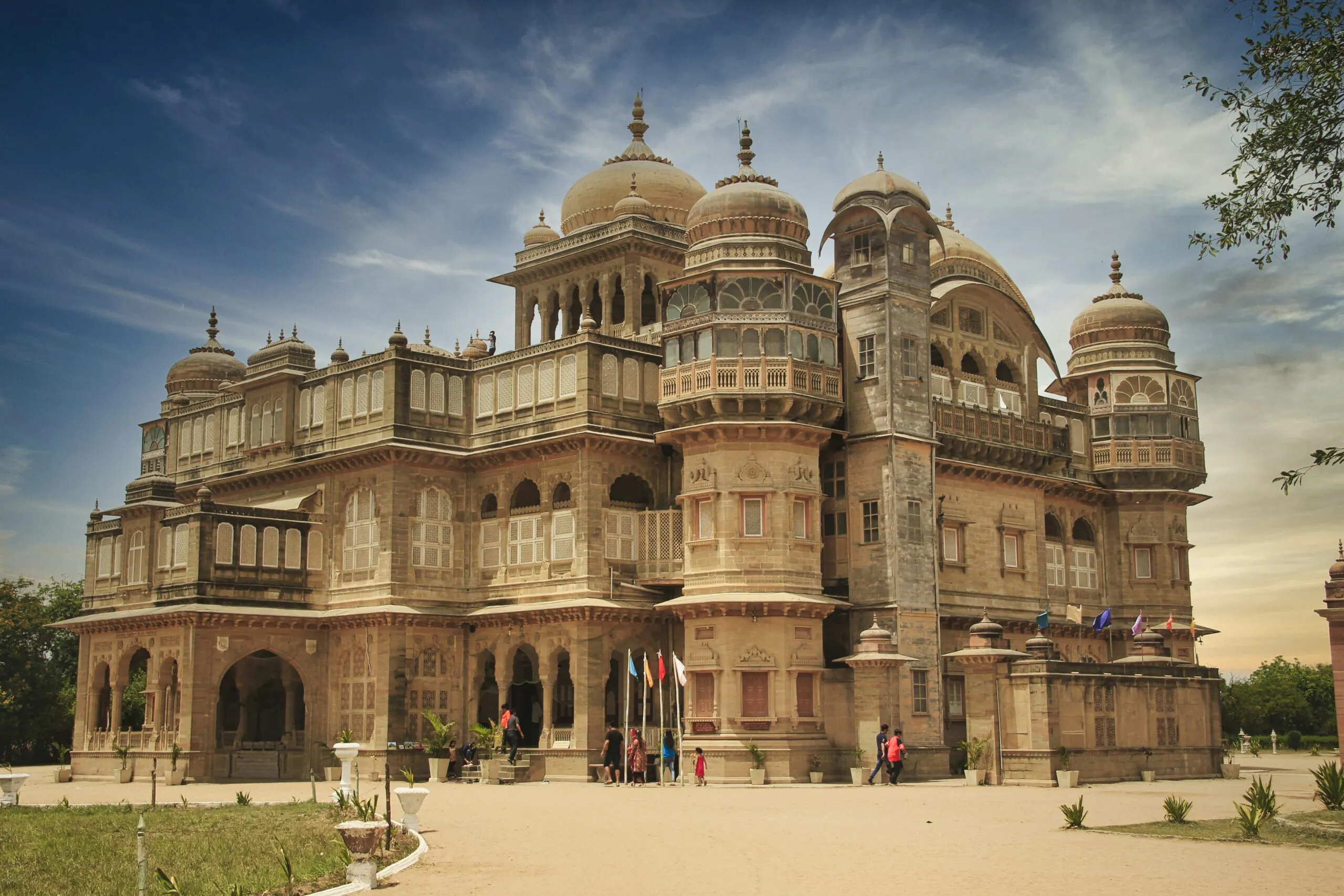
Gujarat
